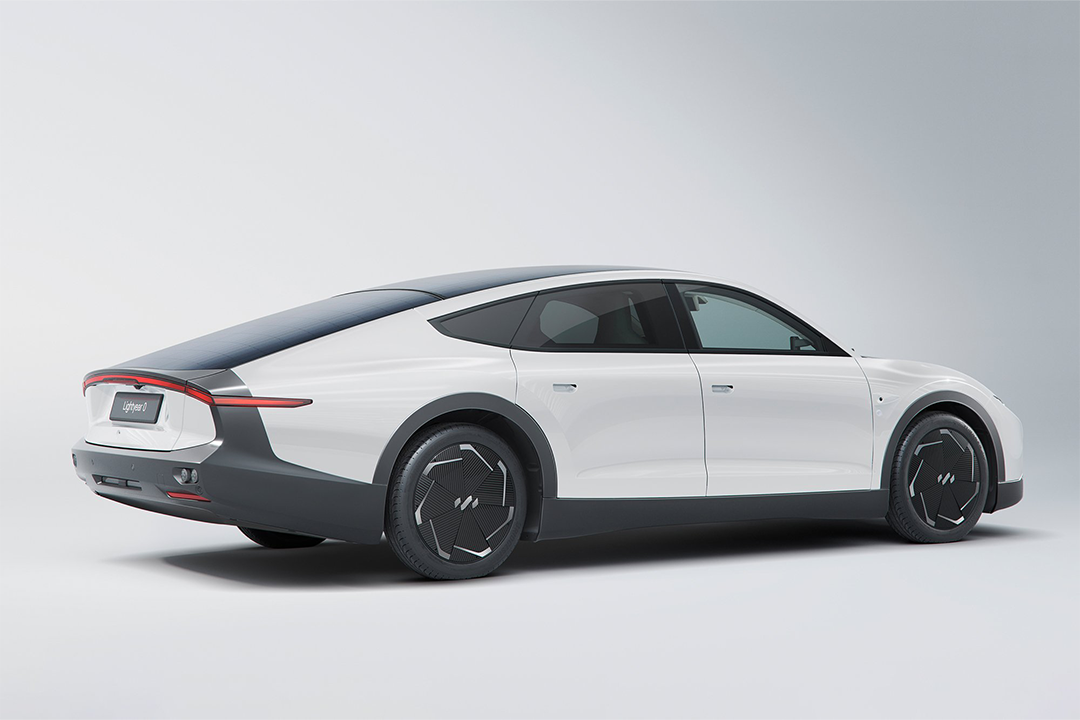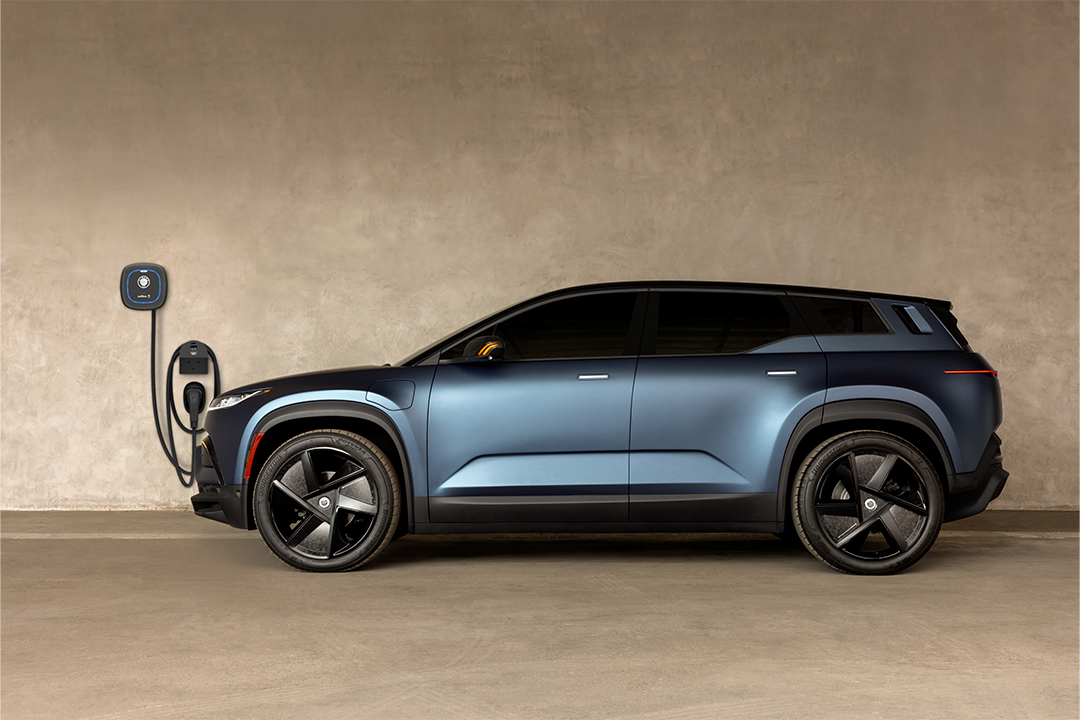While the EV-olution has been well underway highlighting how drivers can make their commute more environmentally friendly, there has been another emerging topic...solar power. We know solar power is no new concept, for decades we've seen people and businesses alike adopting solar power for their electricity.
Solar power is redefining sustainability in the automotive realm. We're witnessing an introduction of vehicles that harness the power of sun, offering a glimpse into a future where our cars run on pure, renewable energy.
Fun fact the average car is parked 95% of the time. Imagine if during this time, especially in our sunny Australian conditions, your car could harness the suns power and charge your car. This would create a vehicle that you could charge at no cost, with no emissions, and requires no trips to the service station to fuel up.
This would be a significant stride towards sustainable transportation and reducing our reliance on fossil fuels. As exciting as this technology is, the reality is that we're still some time away from seeing it on our roads.
One important aspect to consider is that advanced battery systems are crucial for solar-powered cars. The vehicle would require the ability to store excess energy generated from the solar panels, to ensure the vehicle can continue to operate when sunlight is not available, such as night and cloudy days.
There are many examples of cars available today that use solar power to help with production or enhance already incorporated technology including:
Lightyear 0 Developed by Dutch manufacturer Lightyear, the Lightyear 0 is an innovative solar-powered electric vehicle that is paving the way for clean mobility. The 0 can charge on-the-go using solar power and gains up to 70 kilometers of range per day from the sun alone.
Developed by Dutch manufacturer Lightyear, the Lightyear 0 is an innovative solar-powered electric vehicle that is paving the way for clean mobility. The 0 can charge on-the-go using solar power and gains up to 70 kilometers of range per day from the sun alone.
The automaker estimates that subject to your climate, 0 drivers could yield between 6,000 to 11,000km of free and clean solar powered range every year.
Fisker Ocean

Presented as a premium electric SUV, the Fisker Ocean features the brands SolarSky roof that the company claims can 'harvest the sun's rays to generate free energy to support the vehicle's battery-powered motor'.
In ideal fully exposed charging conditions, Fisker promotes the SolarSky roof can produce up to 1,500 to 2,000mi of clean solar powered range every year.
Mercedes Vision EQXX
The Vision EQXX is Mercedes' 'vision' (pun-intended) for the future of efficient electric saloon cars. The concept features a solar paneled rood, that allows the car to be powered primarily through solar energy. Mercedes' claims that the solar roof can add 15 miles of range per day.
Solar-powered cars represent an exciting and environmentally friendly advancement in the automotive industry. While they are still in the early stages of development, ongoing research and innovation hold the promise of a more sustainable future of transportation. There are a number of production cars available today that you can drive on a novated lease that incorporate solar powered technology in limited ways including the Nissan Leaf, Toyota Prius, and Audi A8.
